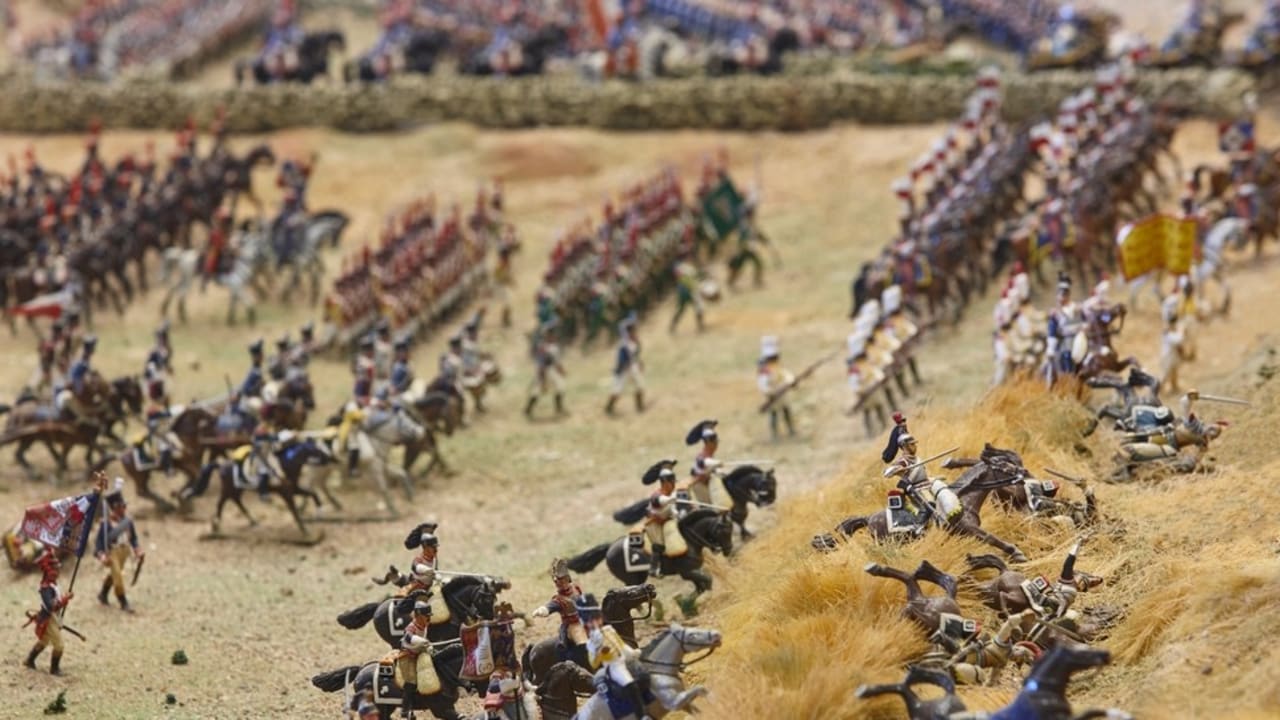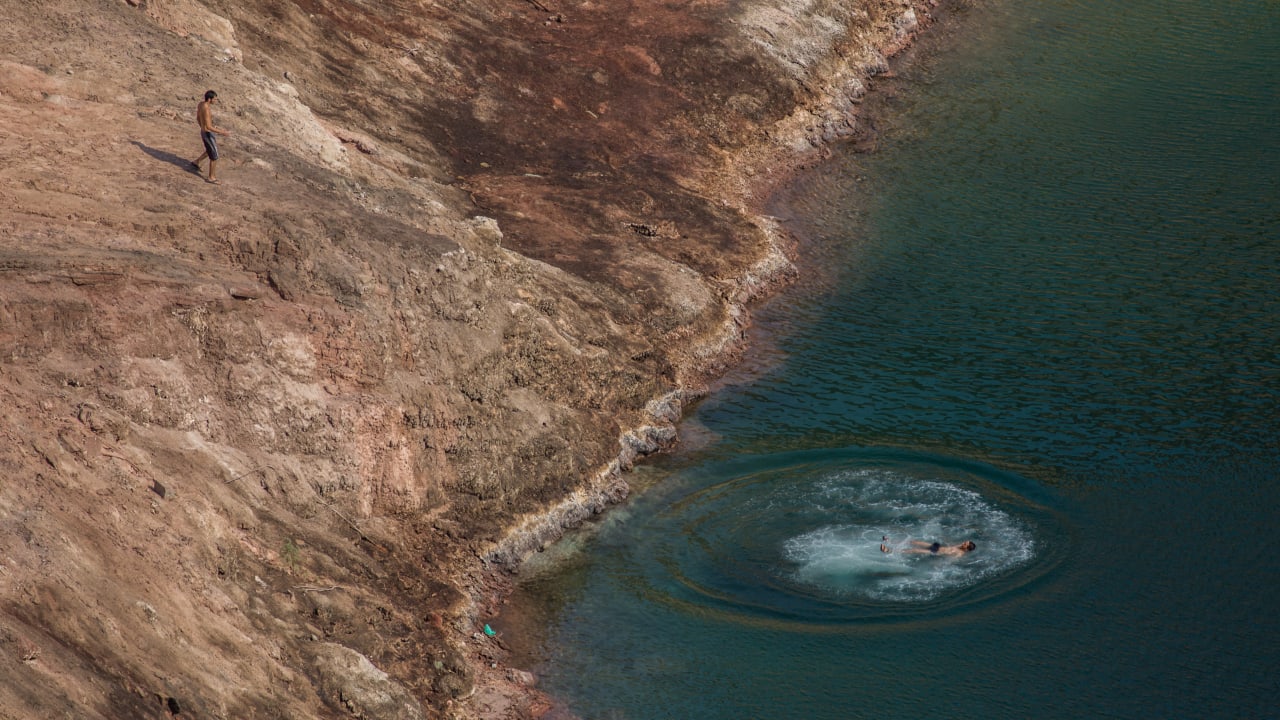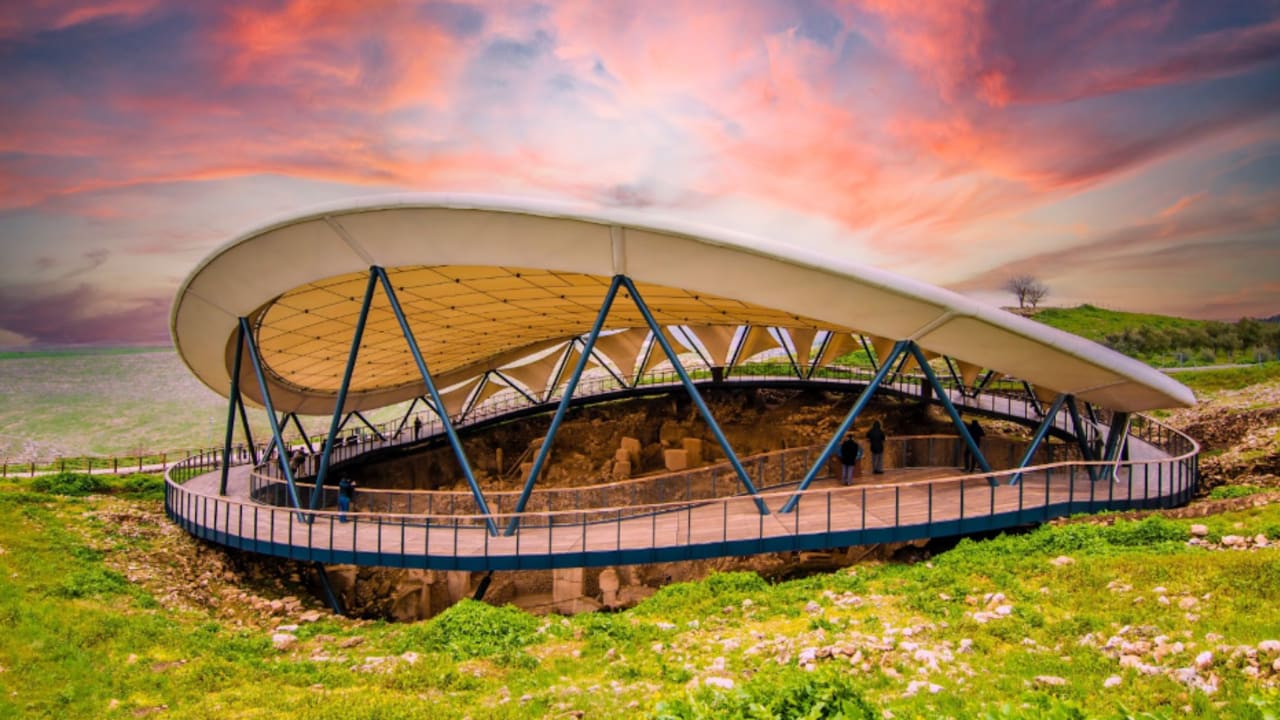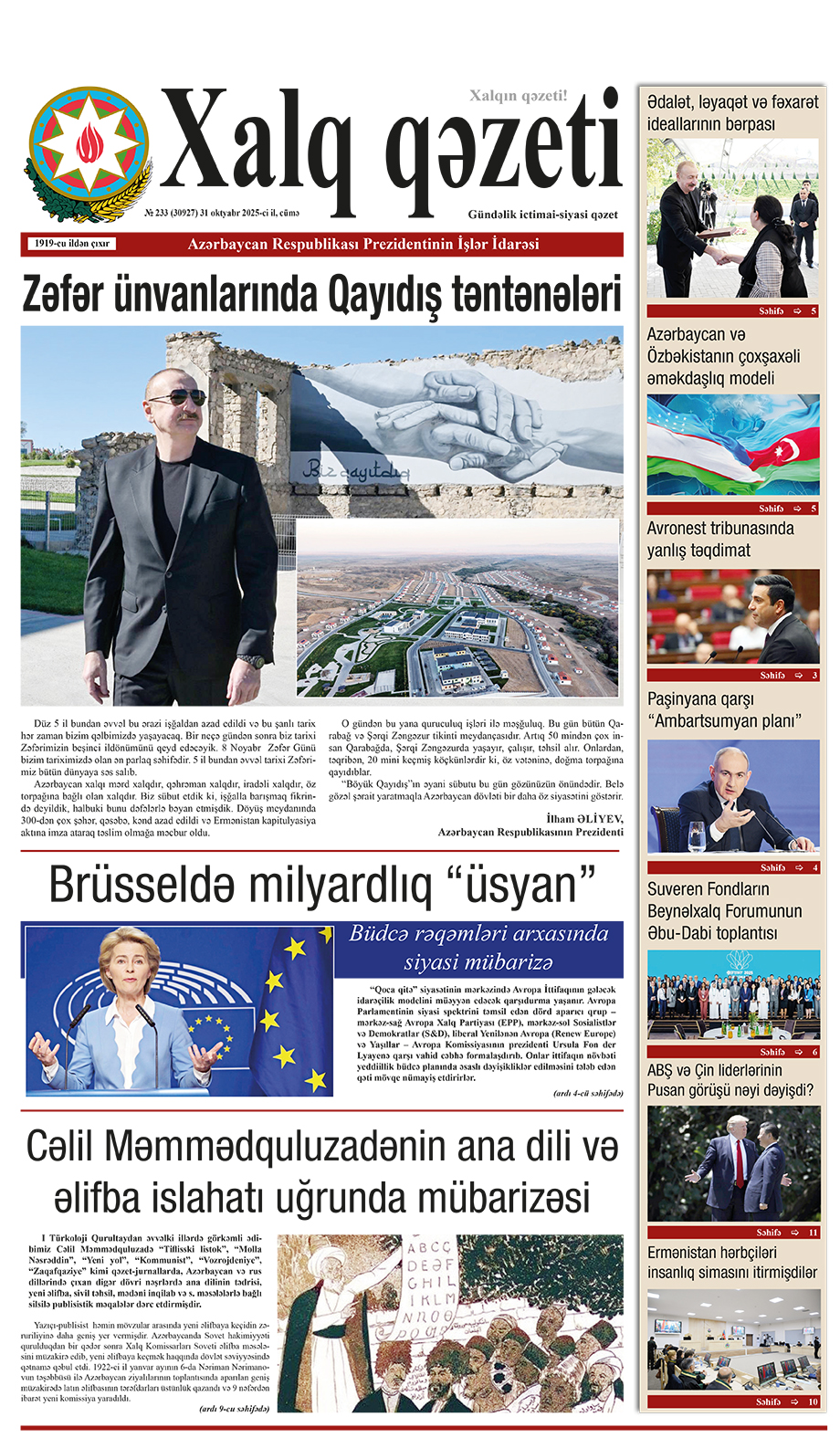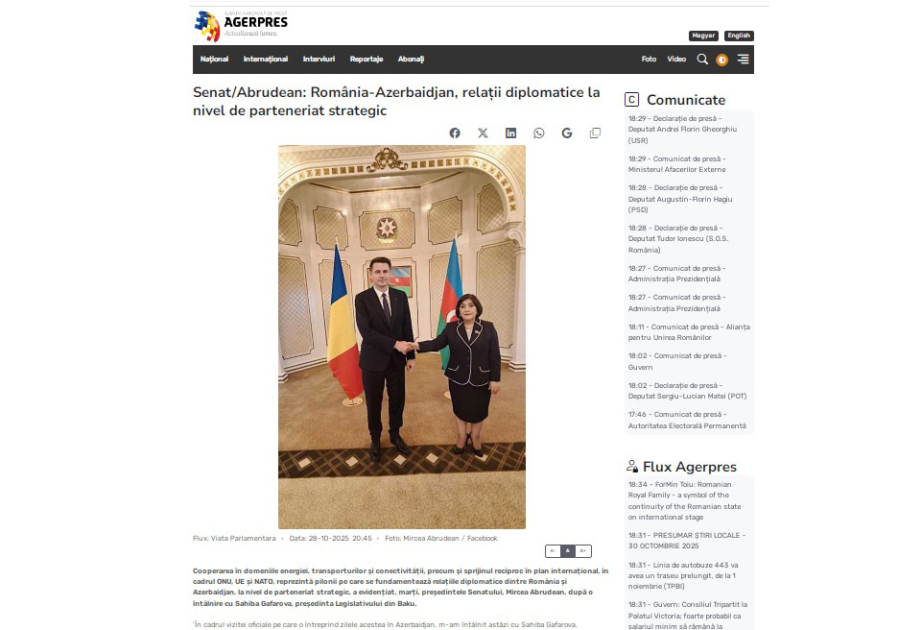ByJERUSALEM POST STAFF
A University of Montpellier study published on September 1st in the Proceedings of the National Academy of Sciences reported that human intervention over the last millennium drove a sharp divergence in animal body sizes: domesticated species grew larger while wild species became smaller. The work addressed a gap in knowledge about how human activities shaped animal evolution, reported CNRS.
The team analyzed 225,780 animal bones from 311 archaeological sites in southern France spanning roughly 8,000 years to track size changes across wild and domestic species. Using thousands of measurements of the length, width, and depth of bones and teeth, the authors compared wild species such as deer, foxes, hares, and rabbits with domestic species including sheep, goats, cattle, pigs, and chickens, reported SINC. The scientists created a size index from bone fragments to compare differences across time and noted it was not possible to specify changes in exact centimeter measurements.
The study limited its scope to the French Mediterranean region to avoid large ecological or cultural differences, and the approach allowed the researchers to analyze species over a long period. Cross-referencing measurements with paleoenvironmental, paleoclimatic, and archaeological data collected over the past 30 years connected human societies and their environment, including climate, plant species, population, and land use. The results relied on more than 80,000 measurements and came from an interdisciplinary collaboration between bioarchaeologists, climate modelers, and actors of preventive and programmed archaeology. Using complex statistical modeling, the researchers tracked key trends and factors behind the changes in animal sizes.
For about 7,000 years, the sizes of wild and domestic animals evolved synchronously, increasing and decreasing together in response to the environment and human activity. “Our analyses revealed a lasting synchrony between wild and domestic species until the last millennium, both influenced by an interaction of environmental and anthropogenic factors,” the authors said. About 1,000 years ago, during the Middle Ages, human activities became the predominant factor in the evolution of body size in both groups.
Domestic animals increased in size because they were actively bred for greater meat and milk production, driven by unprecedented human alteration of environments and the search for productivity gains. “At the same time, human control over domesticated populations increased with greater specialization and more systematic selective breeding under controlled management practices,” said Allowen Evin, study leader and bioarchaeologist at the Institute of Evolutionary Sciences in Montpellier. The increase in the size of domestic species was also linked to the development of selection tools and changes in animal care. Among the domesticated species that became larger were sheep, goats, cattle, pigs, and chickens.
Wild species progressively decreased in size due to increased hunting, habitat fragmentation, and environmental pressures, with intensified game hunting reducing natural habitats. “The results underscore the growing impact of human activities on wild populations,” the authors said.
Over thousands of years, researchers observed periods of decrease and increase in size in several species, and environmental shifts sometimes led to a decrease in body size, with descendants later growing larger. “Human influence on nature has increased greatly,” said Evin, who added, “We are convinced that understanding our past and how humans evolved and co-evolved with other species and their environments is essential to understanding the origin and development of our modern society”. The scientists said that decoding animals’ evolution in connection to human development informed our own history and was important for modern conservation programs.
Originally focused on domesticated species as part of a project on eight millennia of change, the research expanded to a large-scale comparison because of the wealth of information on wild species. The authors said the findings showed the dynamic and interrelated role of environmental and anthropogenic factors in shaping morphological evolution and offered a framework for understanding how species adapted to past and present anthropogenic pressures.



